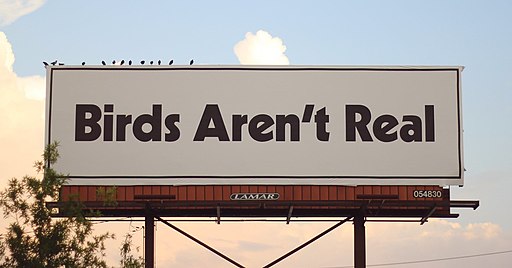
As a scholar in religious studies, my interest was piqued when a recent “The Daily” episode from the New York Times discussed community formation in Birds Aren’t Real, a movement / conspiracy theory that claims the government has replaced birds with drones to conduct widespread surveillance. The analysis of people who connect with others through Birds Aren’t Real had similarities to the ways that we discuss religions. Of course, connecting conspiracy theories and religion is not unique to me, […]